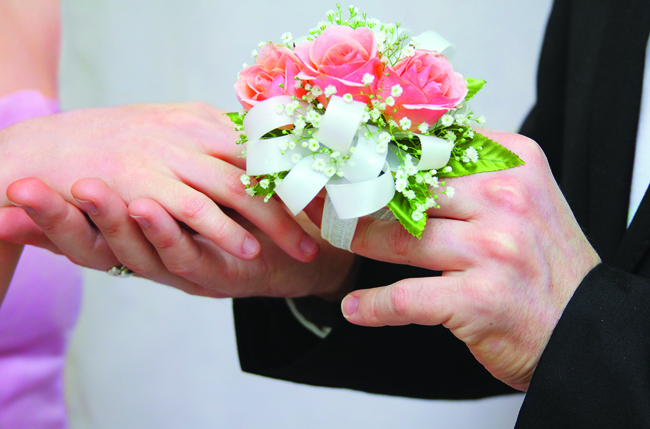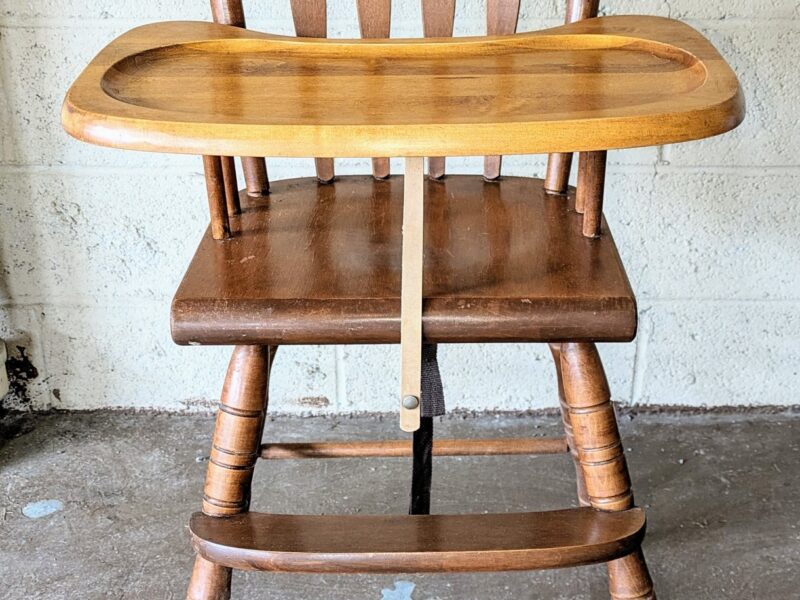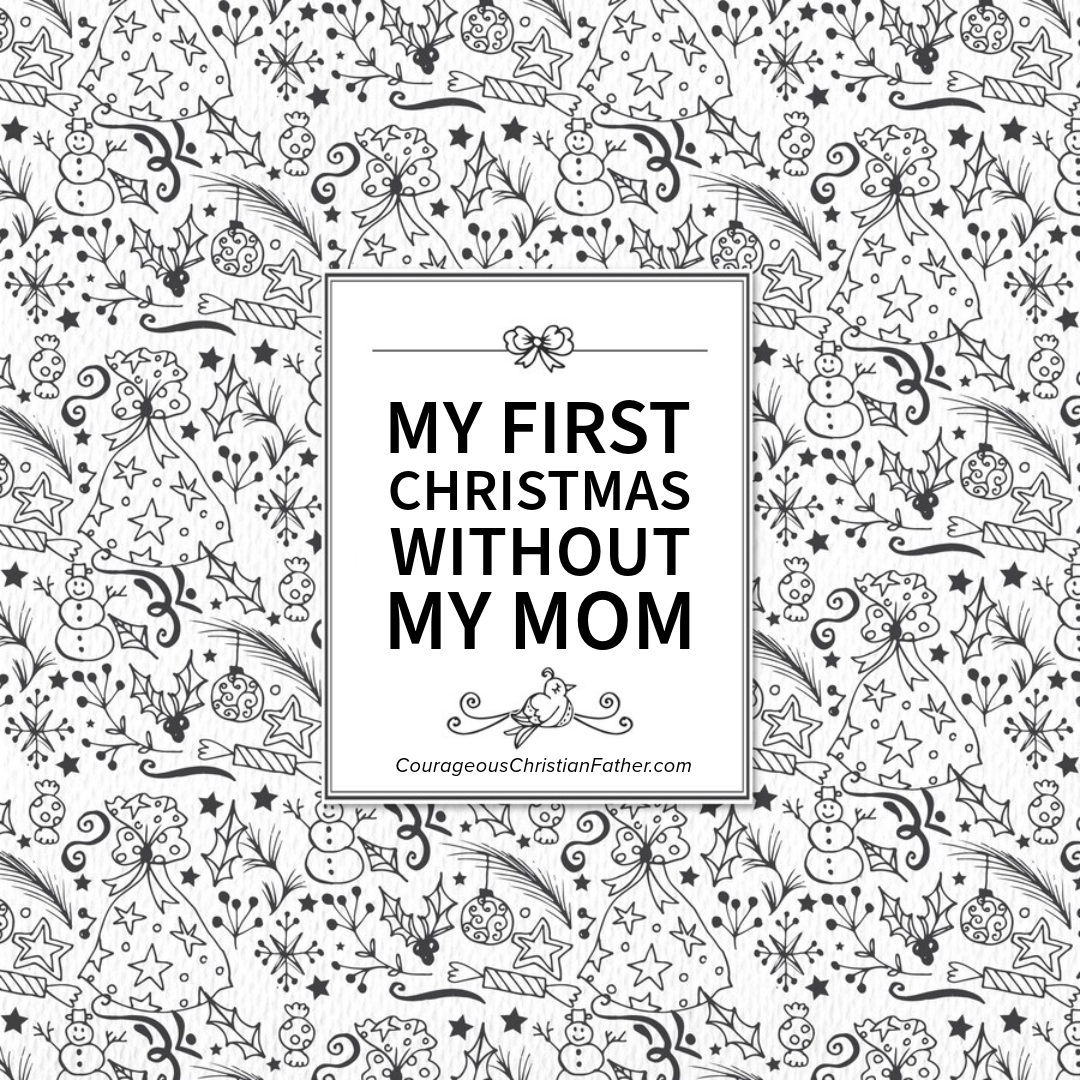I saw this article on the history of the corsage and I figured I would share it on here. It caught my attention because it is almost prom time and my daughter will be going to her Senior Prom here soon.

History of the corsage
Formal events are made even more special with the inclusion of traditions passed down over time. One tradition that continues to stand the test of time is the wearing of a corsage. Corsages can be seen pinned to dresses or worn around wrists at affairs such as weddings, graduations, proms, and milestone birthdays.
The term “corsage” is French and originally referred to the bodice of a dress. The reason the flowers worn to adorn formal attire are now called corsages is because women once wore flowers pinned to the bodices of their dresses. These flowers were known as the “bouquet de corsage,” and over time this phrase was shortened to just “corsage.”
In ancient times, flowers were often worn to special events to ward off evil spirits. Herbs and flowers were thought to be effective at keeping evil at bay, particularly during weddings or other momentous occasions. Special participants wore corsages to keep themselves safe. Men, too, wore flowers for many of the same reasons. A single flower, called a boutonniere, which translates to “little buttonhole,” would be worn on suit jackets to prevent disease and ward off evil spirits. During the 16th and 17th centuries, boutonnieres and corsages may have been worn every day, but over time the practice was reserved only for formal occasions.
As styles changed, so did the placement of corsages. Many were moved from the center of the bodice to a strap on the dress by the woman’s shoulder.
Eventually, the meaning of the corsage shifted. As fewer people were worried about evil spirits and more effective methods of fending off illness were discovered, corsages became a luxury item during courting. A gentleman would offer his date a corsage as a gift for attending a special event, such as a dance. The boy would show respect to his date’s parents by offering a bouquet of flowers and would usually pin a flower from the bouquet to the date’s dress. In this sense, corsages symbolized attachment to another person. Corsages were also given to show affection and love on holidays. Some women were given corsages on Mother’s Day, Easter or even on their birthdays.
Nowadays corsages are still worn to many formal occasions. However, thanks to strapless gowns and other styles of formalwear, the corsage may be worn around the wrist instead of on the bodice of the dress.
A corsage can single out a person from others and indicate that she is experiencing a special event worthy of remembrance. Corsages are frequently pressed and preserved after the special occasions to serve as mementos.
Article compliments of Metro. TF144079
About the Author
Discover more from Courageous Christian Father
Subscribe to get the latest posts sent to your email.


